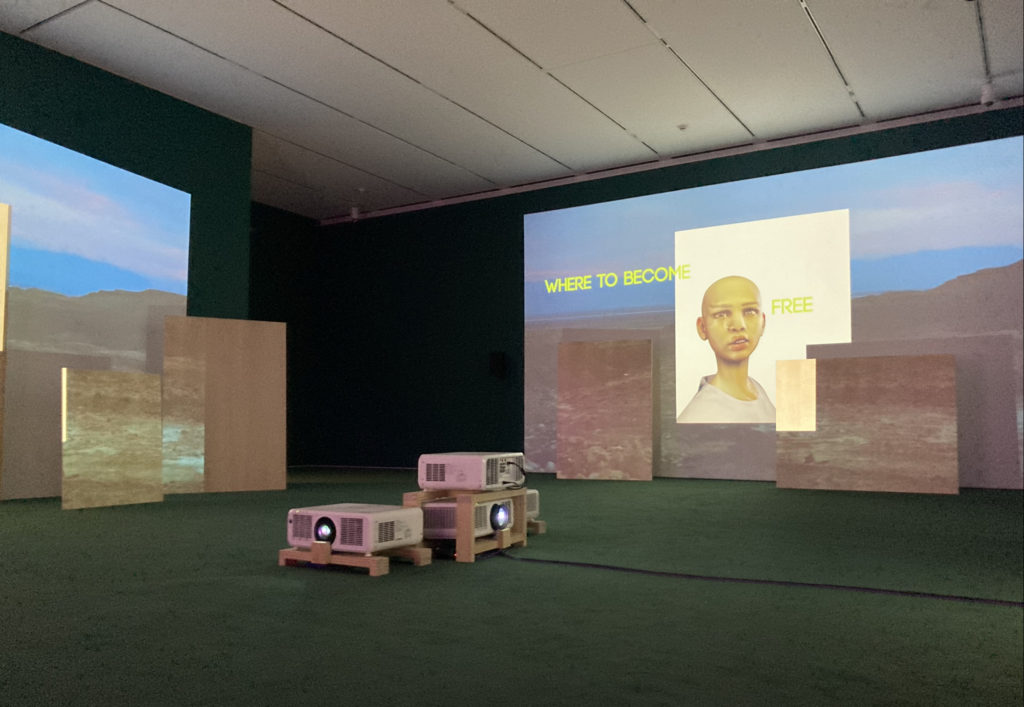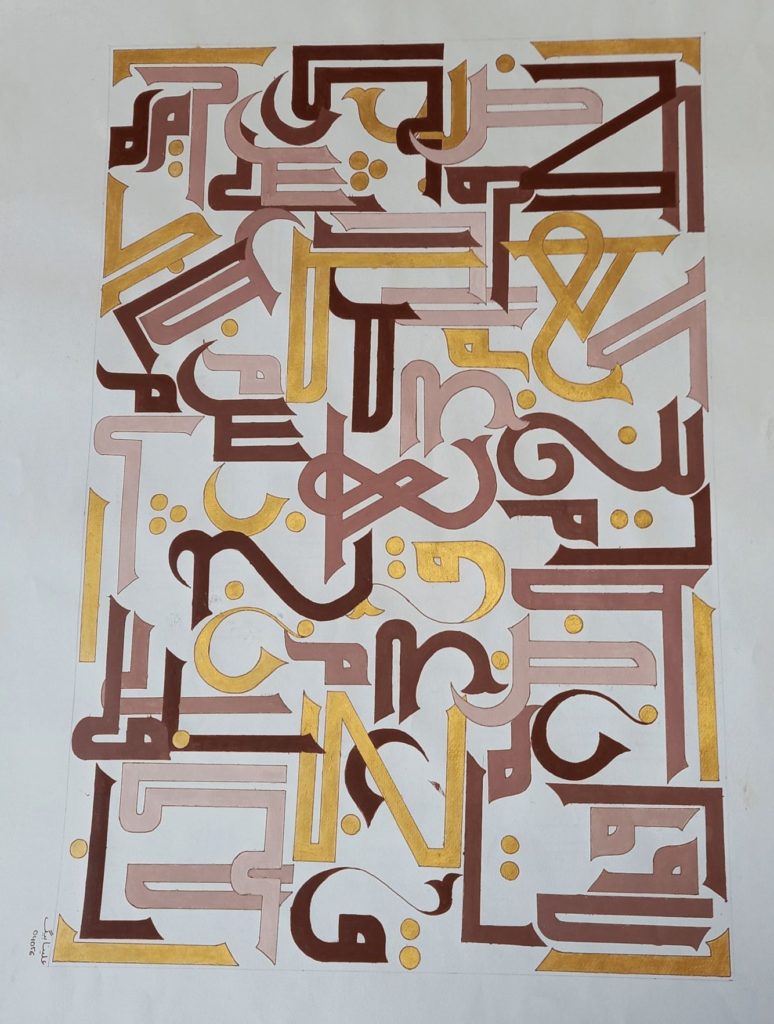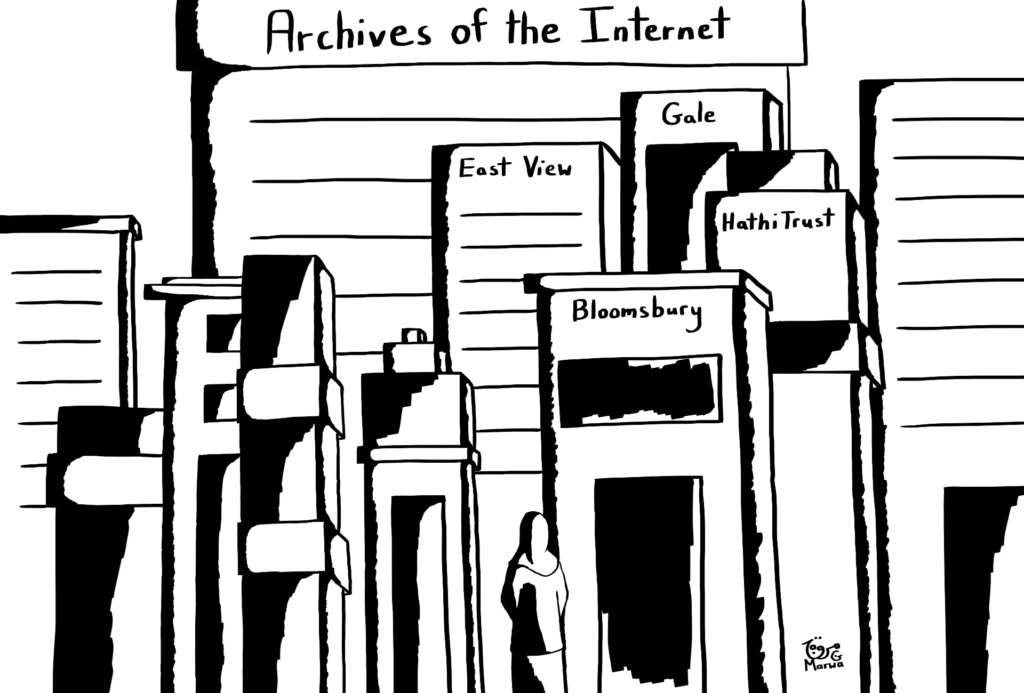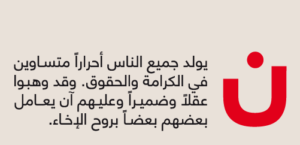By N.A. Mansour

Maybe I just have to resign myself to the fact that some Palestinian art is not made for me, a Palestinian.
When Palestinian culture is given some representation at major institutions and major publications, my instinct is to support it, even though I know diversity, equity and inclusion policies are instrumentalized as corporate tools. I try to be optimistic.
I tried to be optimistic when I heard that the Art Institute of Chicago was running Palestinian artists Basel Abbas and Ruanne Abou-Rahme’s exhibition If only this mountain between us could be ground to dust, from July 31, 2021 until January 3, 2022. It’s one of the very few shows the Art Institute of Chicago has organized featuring contemporary artists from the Arabic-speaking world; it might even be the first, certainly the only in the last decade. The Art Institute’s permanent collection has a poor record when it comes to modern Arab artists, with only a handful representing the region, including Ghada Amer, Lalla Assia Essaydi, and Jacob El Hanani. Compare that to the dozens of Warhols perpetually on display.
Continue reading “The Limits of Palestinian Art: An Exhibition Review of “If only this mountain between us could be ground to dust””


